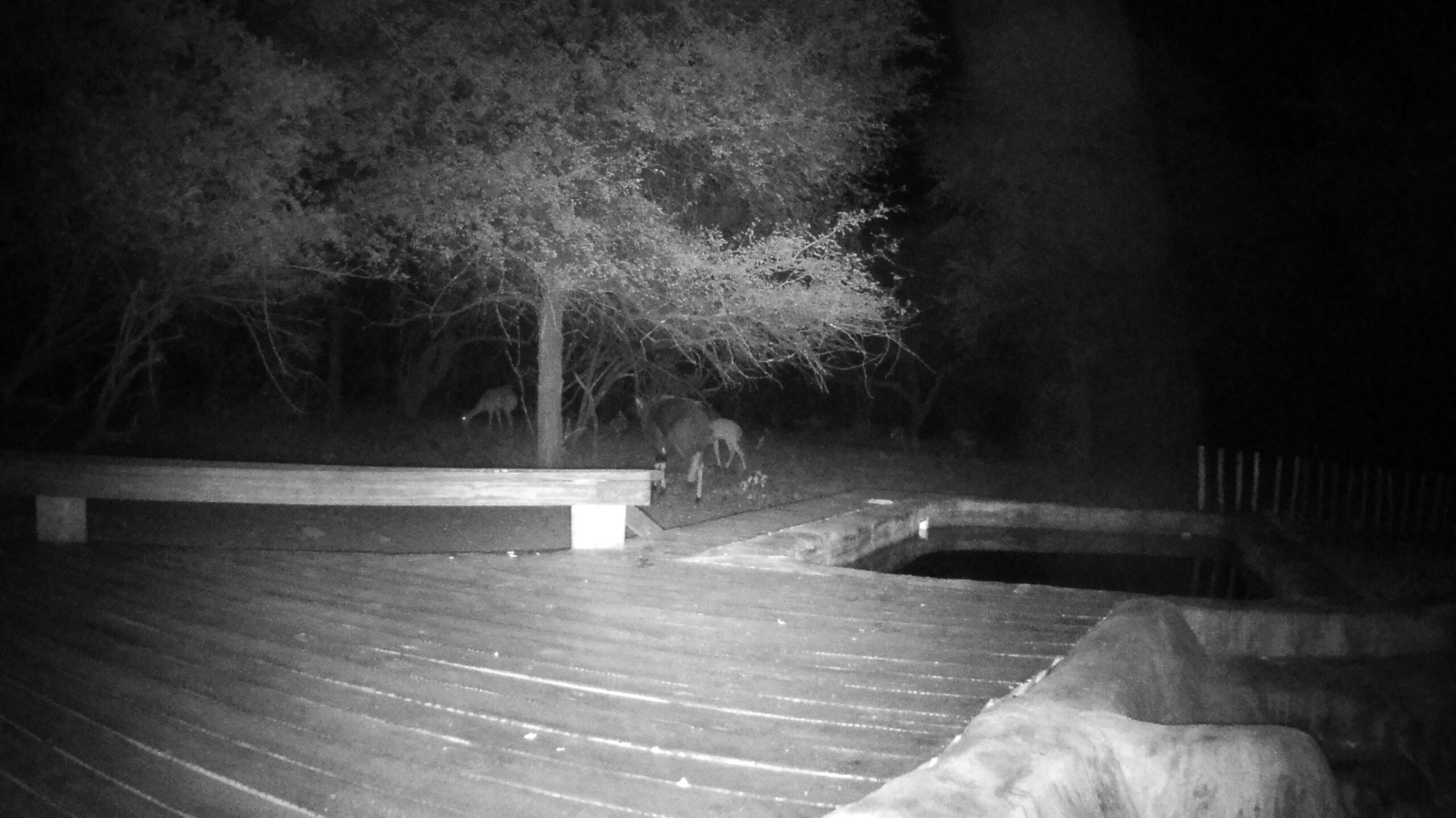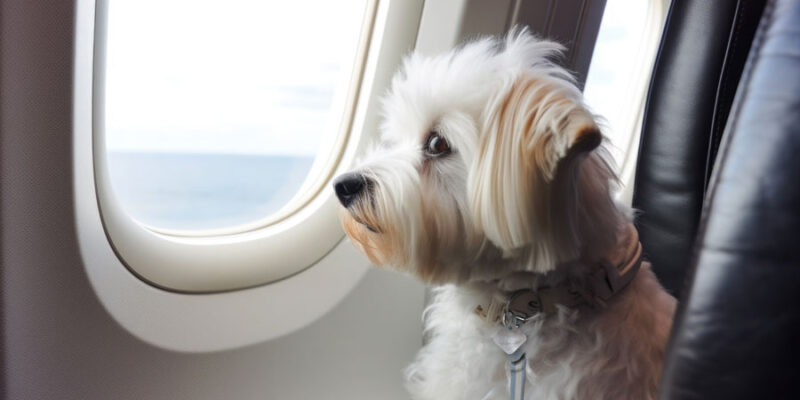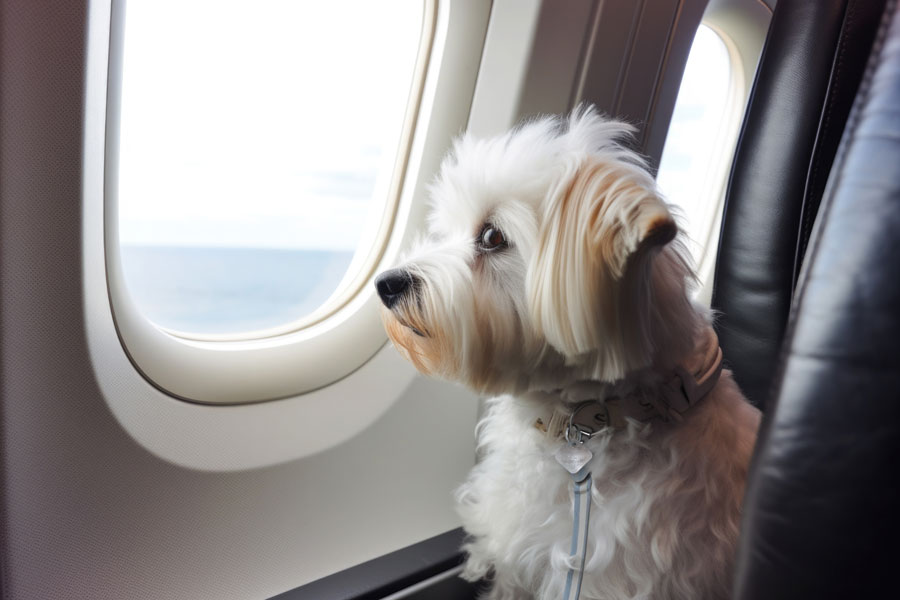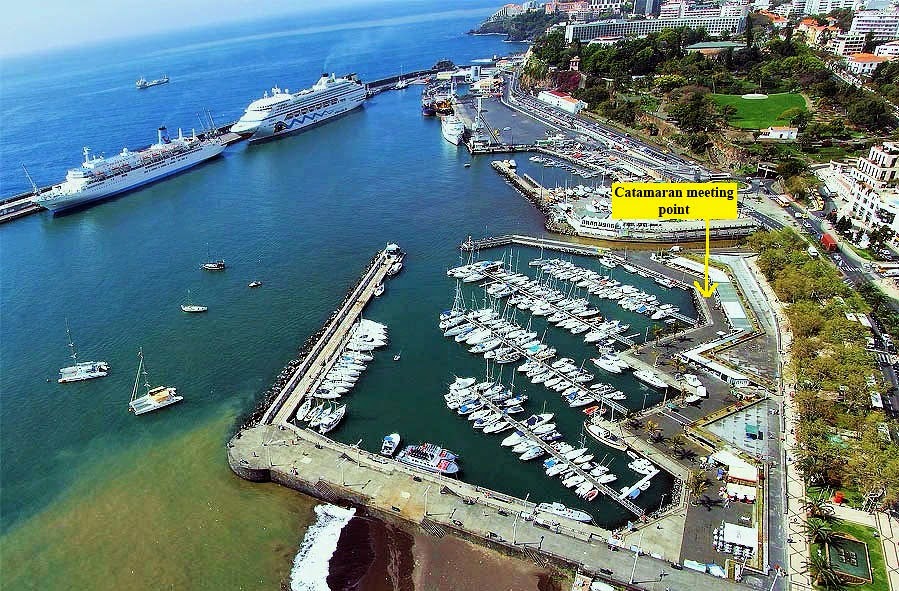
For those who may not have read yesterday’s post here, we have changed a feature on our site regarding the “Photo from one year ago today…” at the bottom of the page. We’ve now changed it to “Photo from ten years ago today…” Further explanation of this change is documented in yesterday’s post, as shown in the above link. Otherwise, all other aspects of our site will remain the same.
It’s hard to believe it was three years ago, while we were in lockdown in the hotel room in Mumbai, India, that we hired our current web developer to make major changes to the format of our site. It was a time-consuming and frustrating process.

There couldn’t have been a better time to update the site with so few distractions other than posting daily, finding sources for photos, washing all of our clothes by hand, walking in the corridors, and living a very peculiar life for ten months in a hotel room, unable to interact with the outside world.
We think of this often, wondering how in the world we got through it with the grace we did. We never fought with one another, nor were there ever angry or frustrated tones in our voices to each other. We had a strong and loving relationship going into this odd situation and a strong relationship coming out.

We’re often asked if it made us stronger as a couple or as individuals. Ideally, we’d say yes. But the reality is that we used the adaptation skills and strengths we acquired throughout our world travels, at that time, over seven years into it. Nothing changed other than our personal affirmation of our resiliency, which both of us have developed over these years of world travel.
We’ve had our ups and downs, although none of them were in regard to the strength of our relationship, which somehow remains interesting, exciting, playful, and fun. We spend almost every day and night together, seldom apart, and we never tire of one another.
Part of that may be because we each do our own thing during daylight hours. Sure, we talk and laugh while reveling in our surroundings. But, once we’ve been in a location for a while and the sightseeing tapers off, those quiet days are easy for us. We never feel frustrated over what one of us is doing or not doing. There’s no judgment or criticism.

Ultimately, we make happiness a goal for ourselves and each other. With that in mind, we rarely have disagreements except when stressed over travel plans or circumstances. Even that is a rarity. We’re lucky, and we know it. Then again, is it luck? Probably not. It revolves around a sense of self-confidence and emotional security that we’ve chosen for ourselves.
Neither of us operated this way in past relationships, although we each extrapolated lessons we’ve learned from failed past relationships, choosing happiness over “always being right.” Being right doesn’t matter. Making smart decisions does.

No, we’re not experts and have little advice for others. We’ve only allowed ourselves the privilege of making the most of every single day and night. Speaking of nights, this is when we come together after our daytime forays into activities that appeal to us individually. We listen to music, talk, laugh, tease, and often compliment one another, genuinely and from the heart. This is the glue that binds the quality of who we are together as a couple and as individuals.
As we spend days watching the behavior of wild animals, we often giggle over how much alike we are to them. They share pellets and loving nudges but then, at times, go off on their own, only to return later for more of the same. That’s us. Plain and simple.
Be well.
Photo from ten years ago today, April 17, 2013:
|
|


























/https://tf-cmsv2-smithsonianmag-media.s3.amazonaws.com/filer_public/49/d1/49d1bb7d-8ffb-4ddc-aa50-43ecdb18fc17/20582328484_409572b2e2_o.jpg)




























